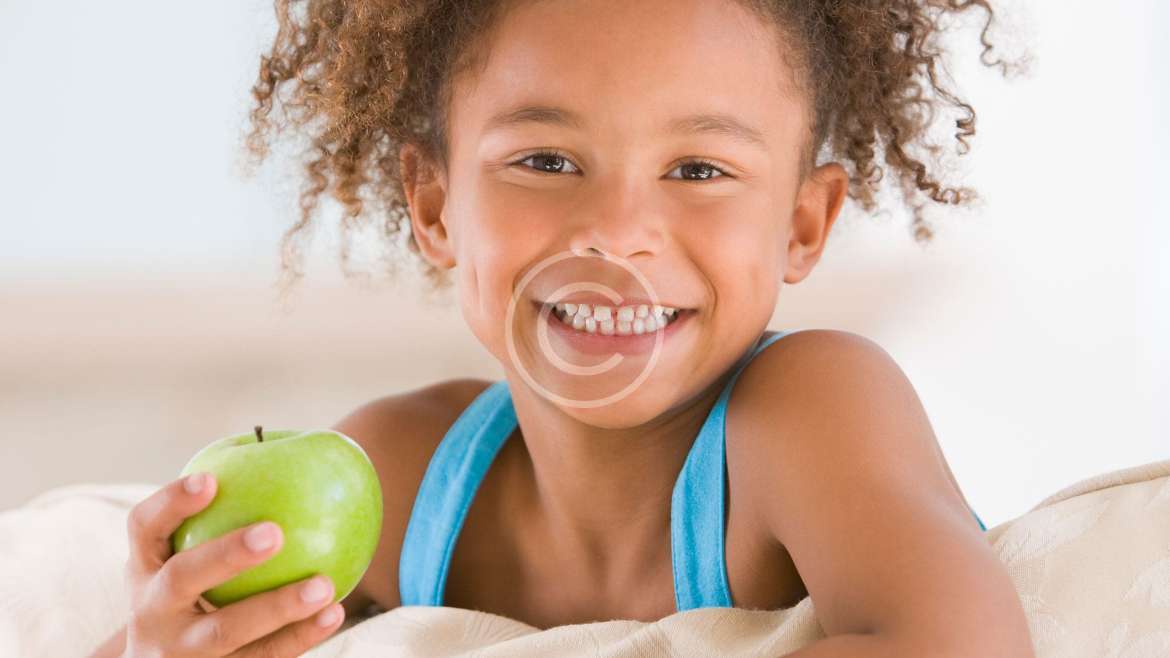Start Early to Keep Cavaries at Bay
Even before your baby’s first tooth appears, it’s important to start caring for their smile. Wiping their gums gently with a soft, damp cloth after feedings removes harmful bacteria and establishes a healthy routine.
Why Baby Teeth Need Extra Care
Cavities are the most common chronic childhood disease—affecting around 42% of children aged 2–11 in their baby teeth. These early infections not only cause pain but can also affect speech, nutrition, and the health of permanent teeth if left untreated Cabezon Pediatric Dentistry+3Best Bites Dental+3mcleanpediatricdentist.com+3petitesmilesdentistry.com+2mcleanpediatricdentist.com+2Delta Dental+2judithsheadds.com.
How Do Cavities Form in Young Children?
Tooth decay begins when bacteria feed on sugars in food and drinks, producing acid that weakens enamel. Baby teeth are especially vulnerable because their enamel is thinner and less mineralizedjudithsheadds.com. Risk increases with sticky foods, bedtime bottles with juice or milk, and sharing utensils or pacifiers that transmit cavity-causing bacteriaParents+15judithsheadds.com+15Delta Dental+15.
Early Childhood Caries: What Parents Should Know
Early childhood caries (ECC) affects children under six and is often linked to frequent exposure to sugary liquids or poor dental hygiene habits. Factors such as nighttime bottle use and bacteria transmitted from caregiver to infant increase the riskWikipediaDelta Dental.
Top Steps Parents Can Take to Prevent Cavities
1. Clean Even Before Teeth Erupt
Wipe your baby’s gums after feedings with a damp cloth. Once the first tooth appears, begin brushing with a soft-bristle toothbrush and fluoride toothpaste in a tiny smearNCBI+9petitesmilesdentistry.com+9Delta Dental+9.
2. Brush and Floss Daily
Brush twice a day using age-appropriate fluoride toothpaste (a rice-sized smear for under 3, pea-sized for 3–6), and begin flossing when two teeth touchVerywell Family+4Wikipedia+4wheresmilesstart.com+4.
3. Use Fluoride Safely
Fluoride strengthens enamel and helps reverse early decay. Consider fluoride varnish treatments and ensure your child uses fluoridated toothpaste correctly under supervisionWikipedia.
4. Consider Dental Sealants
Dental sealants are protective coatings applied to a child’s molars to guard against decay. They can prevent up to 80% of cavities in those chewing surfaces and may last several years Nationwide Children’s Hospital+2Best Bites Dental+2CDC+2.
5. Limit Sugary and Sticky Foods
Cut down time spent eating sugar and sticky snacks, which feed cavity-causing bacteria. Encourage water and healthy snacks like fruits, vegetables, and dairy insteadWikipedia+15Wikipedia+15mcleanpediatricdentist.com+15.
6. Don’t Let Babies Sleep with Bottles
Avoid sending your child to sleep with bottles containing milk, juice, or sweetened drinks. These liquids linger on teeth, increasing the risk of decay when salivary flow is lowDelta Dental.
7. Avoid Sharing Utensils or Pacifiers
Transferring saliva from parent to child can expose a child to cavity-causing bacteria. Use separate utensils and avoid cleaning pacifiers with your mouthDelta Dental.
8. Visit the Dentist Early and Often
Schedule your child’s first dental visit by their first birthday or within six months of the first tooth erupting. Regular check-ups help detect early decay and allow fluoride treatments or sealants when neededwheresmilesstart.com+2mcleanpediatricdentist.com+2Verywell Family+2.




